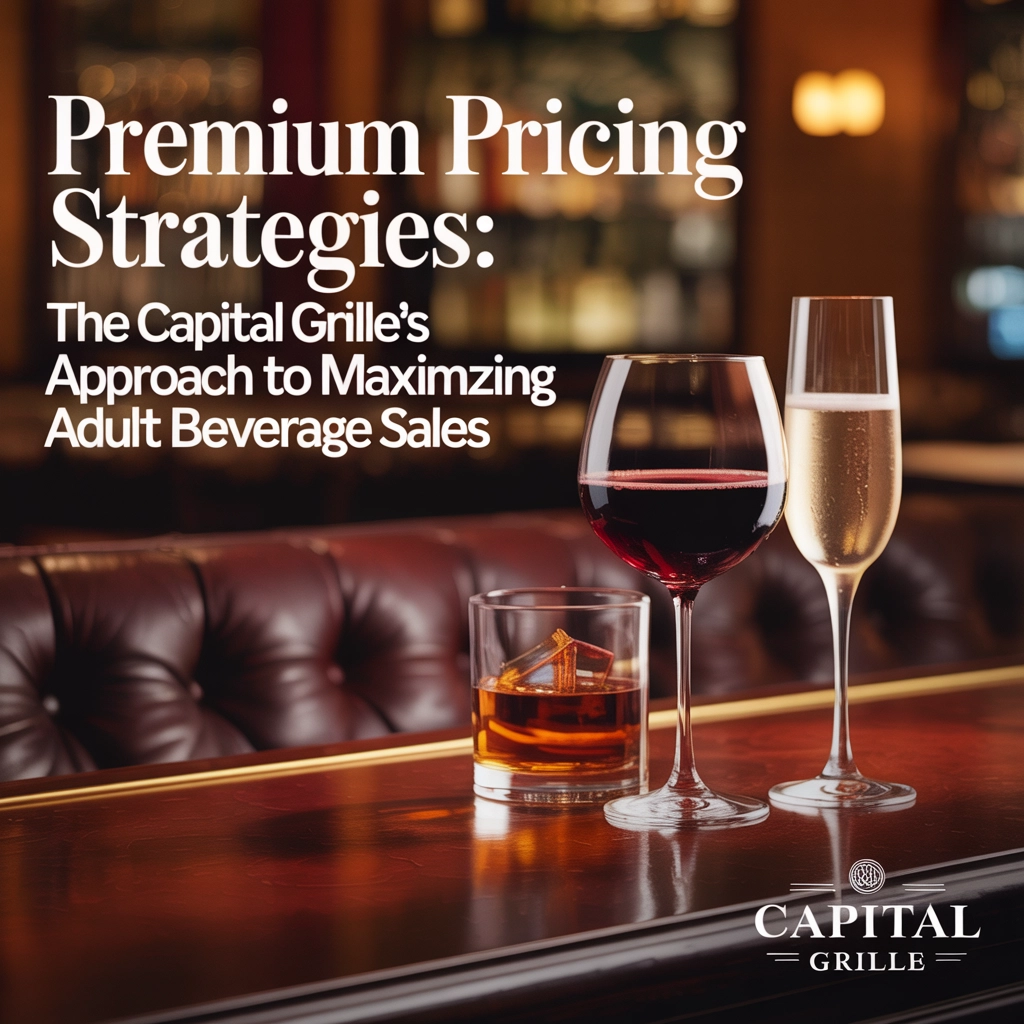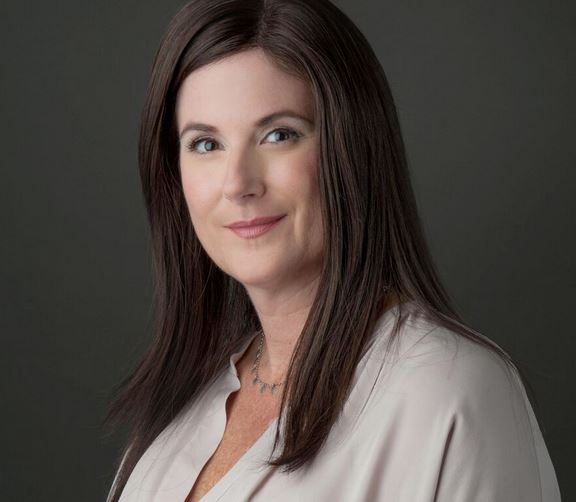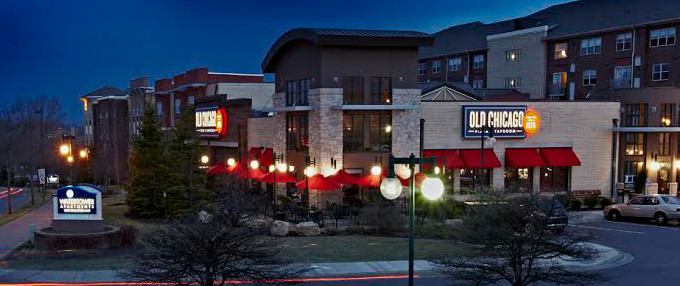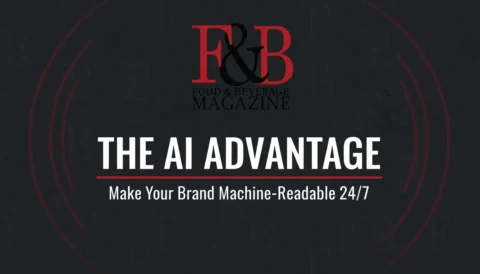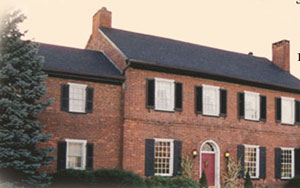When it comes to profitable beverage programs, few brands embody premium pricing and elevated guest experience quite like The Capital Grille. Known for club-like ambiance and white-glove hospitality, The Capital Grille has mastered the fine art of maximizing adult beverage sales while upholding an aura of exclusivity and luxury. For operators in fine dining, hotel, and upscale casual settings, their approach offers a crucial playbook for leveraging price, presentation, and guest psychology.
Adult Beverages: The Capital Grille’s Revenue Backbone
During fiscal 2021, adult beverages represented 26.7% of The Capital Grille’s total sales, with the average check hovering just above $85—a remarkable number in today’s dining landscape. (Source: Darden Restaurants 2021 Annual Report) This means that alcohol, especially wine and cocktails, is not an afterthought; it’s central to the brand’s value proposition and bottom line.
The foundation for this premium pricing power is The Capital Grille’s unwavering commitment to ambience, service, and curation—a triumvirate that sets guest expectations before they’ve even cracked open a cocktail list.
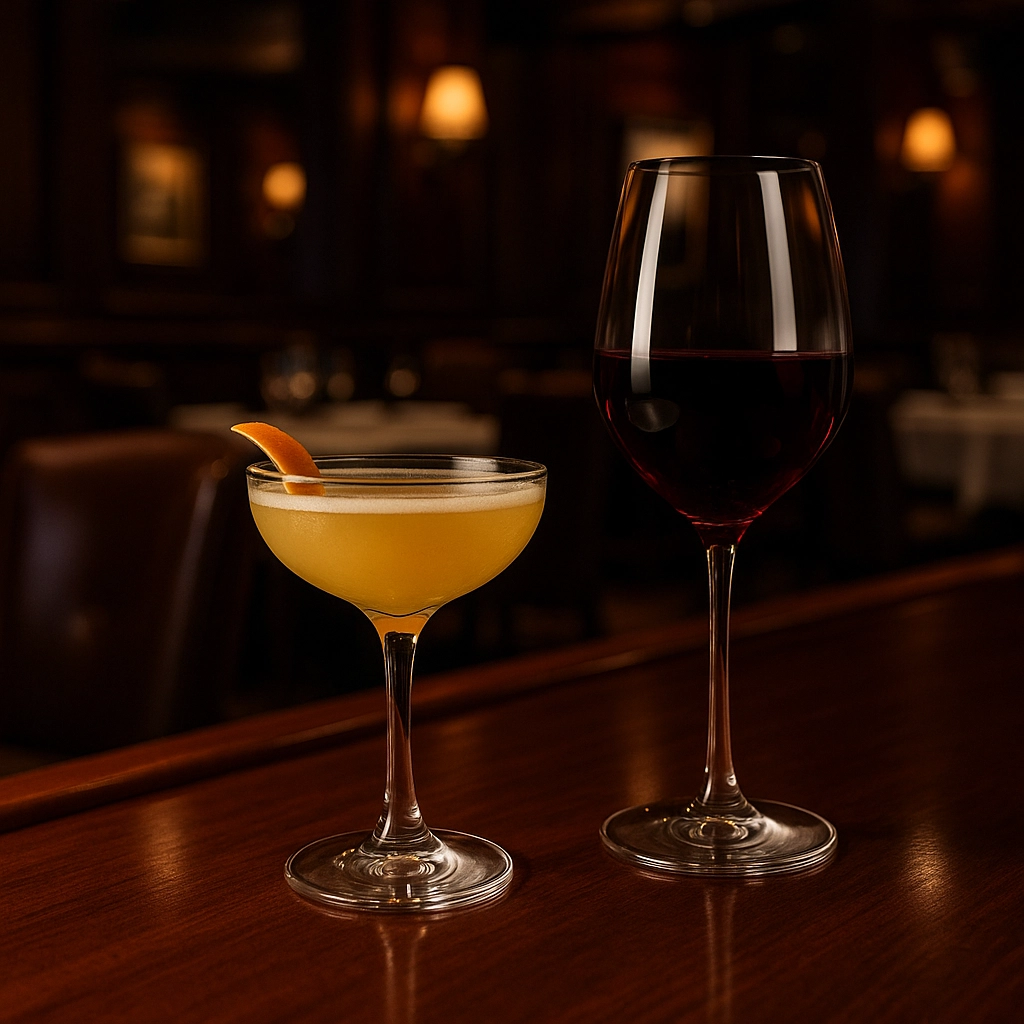
Leveraging Brand Positioning for Price Tolerance
The Capital Grille’s tagline — “Where Relaxed Elegance & Style Meet Impeccable Service” — isn’t just lip service. Clubby interiors, leather booths, elegant lighting, and attentive, personable staffers build a context in which higher beverage prices not only make sense, but actually feel natural to the guest. The menu routinely boasts a nationally recognized wine list with over 350 selections. For beverage directors and operators, this is a powerful reminder: your physical and emotional setting is the bedrock of beverage pricing elasticity.
Multi-Tiered Pricing: Capturing Every Occasion
Rather than relying on one-size-fits-all pricing, The Capital Grille deploys a multi-tier approach. The bar menu presents options at $9–$19, intentionally positioned to seem accessible for happy hour guests or those dining casually in the lounge. Meanwhile, the dining room’s cocktail and wine programs introduce guests to luxury pours, reserve list by-the-glass options, and ultra-premium bottles.
This laddered strategy gives the brand flexibility—guests can indulge at their comfort level, while the house captures incremental dollars through intuitive upselling. As beverage consultant David Henkes of Technomic told Food & Beverage Magazine, “Tiered pricing isn’t about downgrading the premium experience; it’s about lowering the barrier of entry without ever diluting your brand.”
Value-Added Experiences: From Tasting Events to Table-Side Service
The Capital Grille excels at transforming beverage sales into memorable experiences—think Master Wine Tasting Events, featuring 10 sommelier-curated wines for $25, or tableside bottle presentations that feel bespoke and educational. These experiences empower guests to try higher-value products they might otherwise skip, boosting both check averages and overall satisfaction.
Emerging research confirms this works industry-wide: according to the National Restaurant Association, 78% of guests are willing to pay more when drinks are paired with storytelling or delivered through interactive experiences.
Internally, these activations also train staff to become confident “beverage ambassadors.” When every bartender or server can describe the notes of a Sycamore Vineyards Cabernet or explain a rare whiskey, the perceived value soars—and so does the tab.
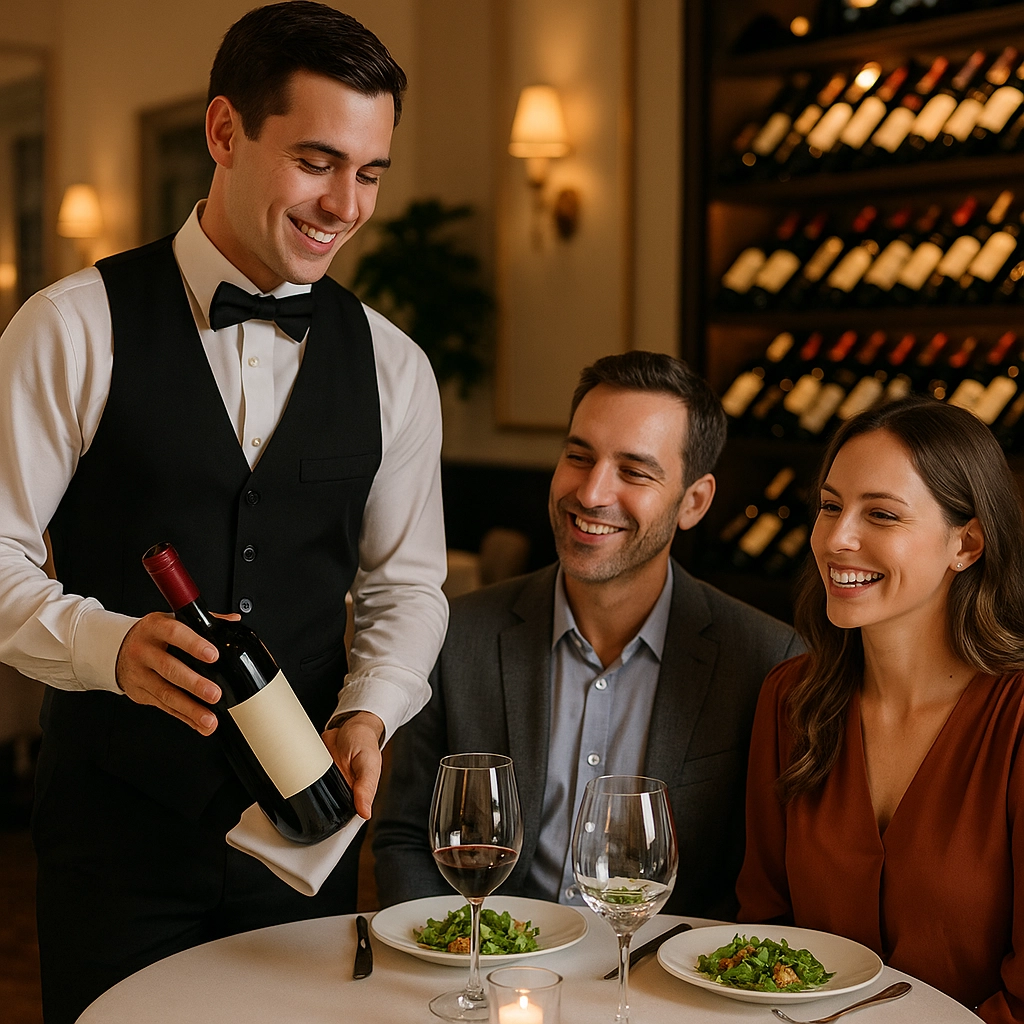
Menu Engineering: Subtle Psychology, Serious Results
Menu engineering is more than just design—it’s strategy. The Capital Grille’s beverage menus use psychological pricing cues (like .00 or .95 endings), high-margin featured drinks, and careful ordering of selections to drive guest behavior. Wines are grouped by taste profile and region, encouraging discovery while spotlighting bottles with higher profit potential.
Industry data from Datassential and Technomic shows that suggesting upsell pairings or limited-time signature cocktails increases beverage sales by more than 15%. The Capital Grille takes this further, positioning high-prestige pours surrounded by approachable options, and using descriptive copy—“Black raspberries and dark cherries wrapped in a milk chocolate coat”—to trigger emotional responses and justify premium price tags.
Private Dining: Premium Pricing in Group Settings
With multiple private rooms hosting from 14 to 75 guests, The Capital Grille leverages banquets and events to boost beverage revenue. Packages often include wine or cocktail pairings at exclusive price points, capitalizing on the guest’s willingness to celebrate big—and reinforcing the “special occasion” brand DNA.
Event-specific beverage menus offer an opportunity to present luxury pours as attainable splurges. According to EventMB’s 2024 Trends Report, 67% of event clients are now interested in curated beverage experiences that go beyond basic open bars, creating a ripe environment for premium pricing and inventive upselling.
Success Through Experience: Industry Takeaways
For beverage directors and GMs, here’s what sets The Capital Grille’s beverage pricing strategy apart, and what you can apply immediately:
- Physical Setting Matters: Premium pricing starts with atmosphere. Invest in glassware, lighting, and service rituals that set a premium tone.
- Create Stepping Stones: Offer a range of price points (even at the bar) so guests can “trade up” at their own pace.
- Tell a Story: Use tastings, pairing notes, and staff knowledge to justify prices, making the purchase feel experiential, not transactional.
- Private Events = Premium Margins: Curate beverage experiences for group dining and special occasions, upselling as part of the celebration.
- Engineer the Menu: Place high-margin items with evocative descriptions front and center; use strategic grouping to steer guests toward profitable choices.
Real-World Impact: The Capital Grille’s Sustained Success
The proof is in the numbers. Darden Restaurants, parent company of The Capital Grille, consistently reports segment-leading beverage sales as a proportion of revenue. Their approach has helped define premium expectations industry-wide while keeping guest satisfaction and loyalty high.
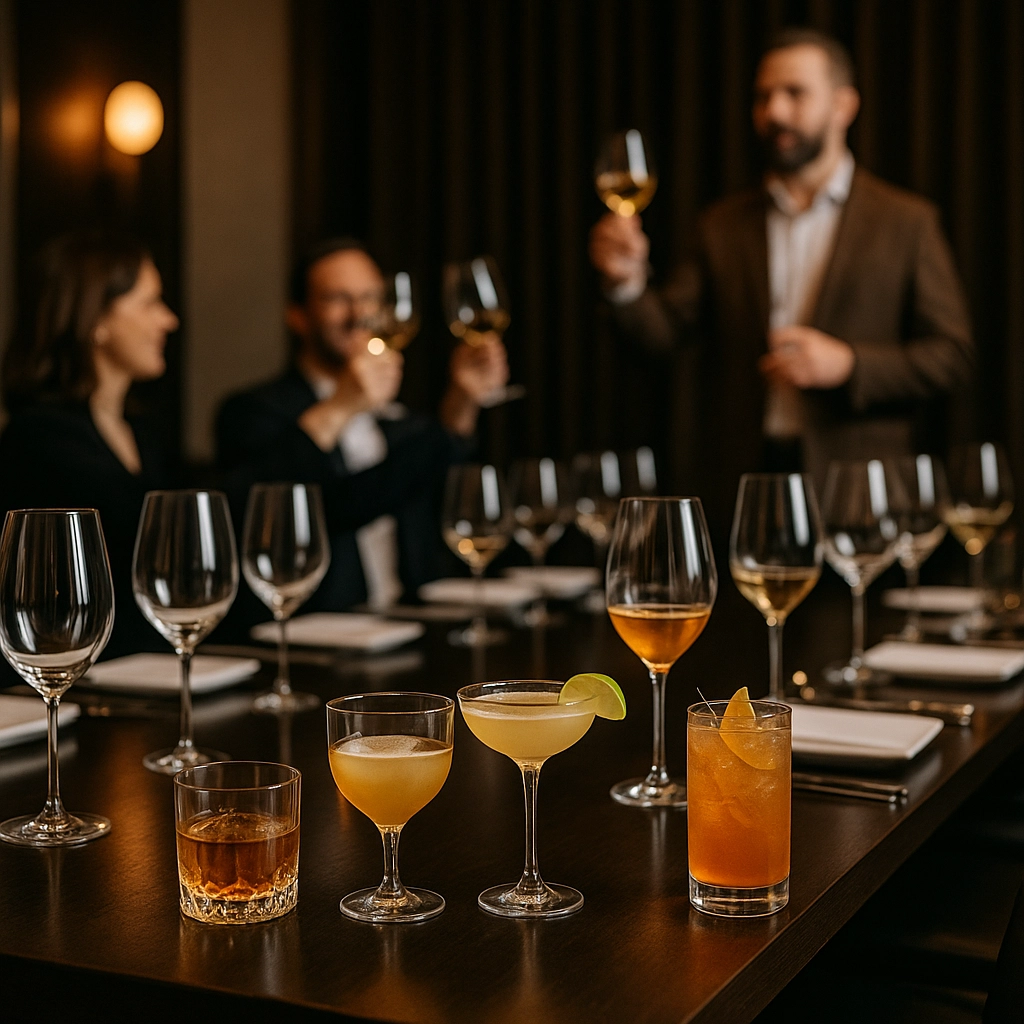
Other concepts have taken note. For example, Ocean Prime builds similar premium pricing power through event programming and table-side presentations, while Del Frisco’s promotes somm-led wine dinners and by-the-glass luxury tiers—strategies echoed by leading beverage consultants and operators across the country.
Want more insights on crafting a top-performing beverage program? Check out our features on labor cost innovation and beverage industry leadership, or visit Food & Beverage Magazine online for expert tools and inspiration.
Ready to elevate your own beverage program? Let us know your best-of pricing tactics in the comments! For more insider strategies and restaurant success playbooks, subscribe to Food & Beverage Magazine’s weekly newsletter.
Written by Michael Politz, Author of Guide to Restaurant Success: The Proven Process for Starting Any Restaurant Business From Scratch to Success (ISBN: 978-1-119-66896-1), Founder of Food & Beverage Magazine, the leading online magazine and resource in the industry. Designer of the Bluetooth logo and recognized in Entrepreneur Magazine's “Top 40 Under 40” for founding American Wholesale Floral. Politz is also the founder of the Proof Awards and the CPG Awards and a partner in numerous consumer brands across the food and beverage sector.



